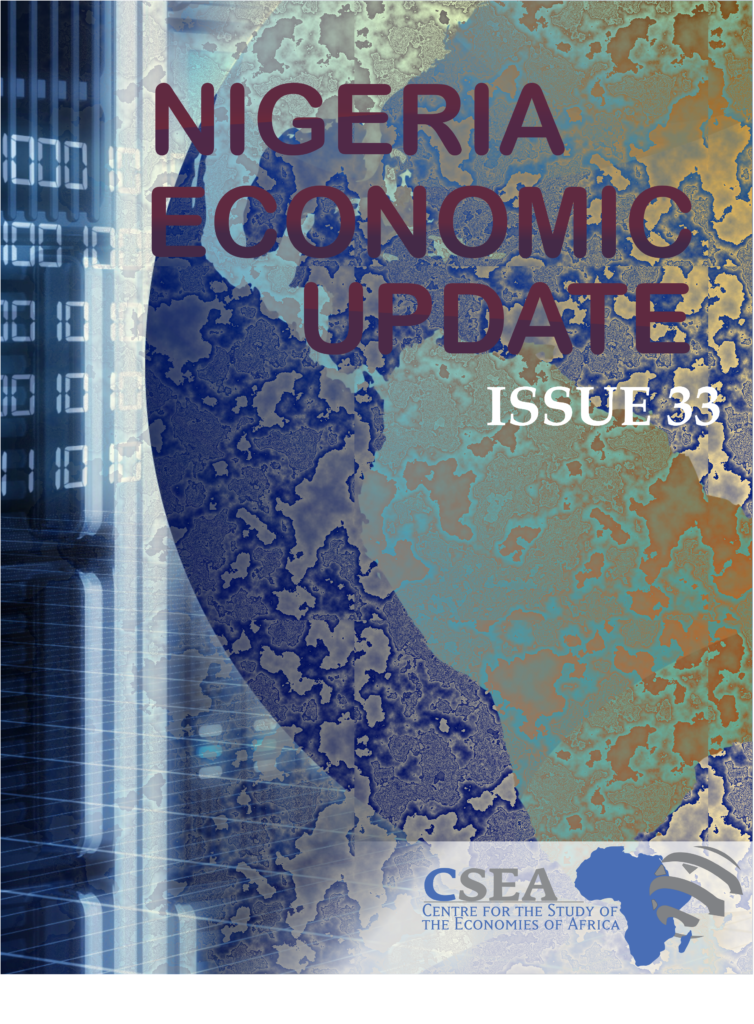Media highlights suggest that leading manufacturers quoted in the Nigerian Stock Exchange, NSE, which operate across sectors have recorded significant upsurge of 20.2 percent in their operating expenses, OPEX, in the first half of 2018. Specifically, compared to the corresponding half-year in 2017, costs incurred rose from N194.6 billion to N233.9 billion in 2018H11. The firms also operated on short term borrowings of N101 billion, up by 1.8 percent in 2017. The rising expenses may be at the backdrop of general rise in cost of: products distribution, running campaigns and innovations, and brand marketing in a bid to increase sales volume. To reduce operating expenses and support non-oil sector growth which is yet to pick up, there is need for the government to quickly implement Focus Lab projects.
Macroeconomic Report & Economic Updates

September 3, 2018
Nigeria Economic Update (Issue 33)
Media highlights suggest that leading manufacturers quoted in the Nigerian Stock Exchange, NSE, which operate across sectors have recorded significant upsurge of 20.2 percent in their operating expenses, OPEX, in the first half of 2018. Specifically, compared to the corresponding half-year in 2017, costs incurred rose from N194.6 billion to N233.9 billion in 2018H11. The […]
Read →
